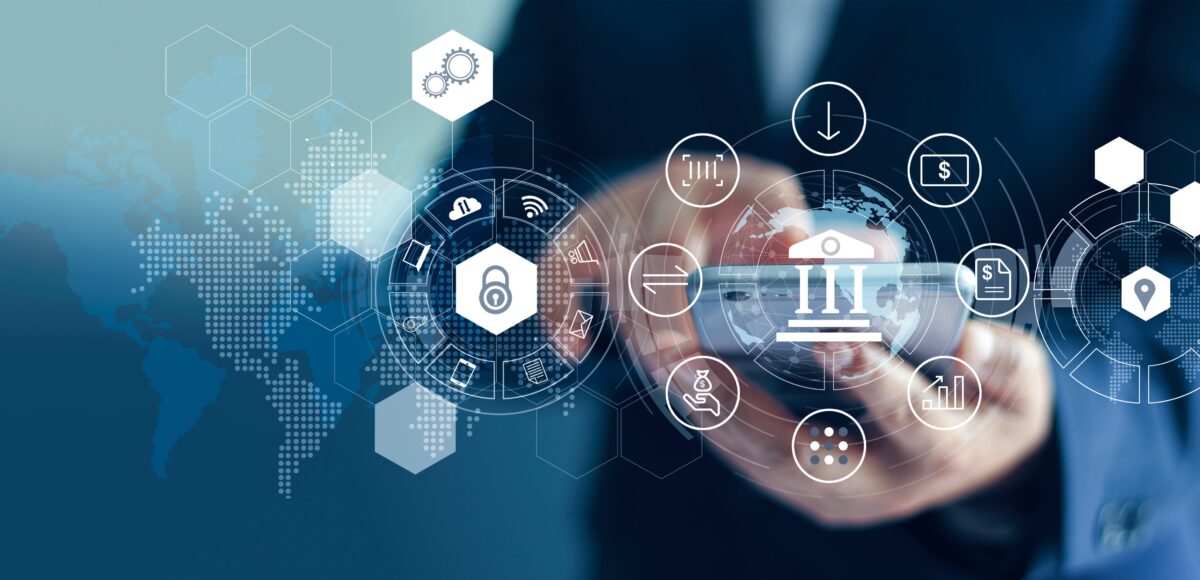What Is Continuous Monitoring? The Cornerstone of Continuous Compliance
Continuous monitoring is a proactive approach to security that involves the ongoing assessment and evaluation of an organization's IT systems, networks, and applications. It's a crucial component of a robust security posture and is closely tied to the concept of continuous compliance.
What is Continuous Monitoring?
Continuous monitoring goes beyond traditional security practices that rely on periodic assessments. It involves real-time monitoring of various aspects of an organization's IT environment, including:
- Network activity: Tracking network traffic, identifying anomalies, and detecting potential threats.
- System logs: Analyzing system logs to identify security events and suspicious activities.
- Application behavior: Monitoring application performance and looking for signs of compromise.
- Configuration changes: Tracking changes to system configurations and ensuring they adhere to security policies.
- Vulnerability assessments: Continuously scanning for vulnerabilities and weaknesses in IT systems.
How Does Continuous Monitoring Relate to Continuous Compliance?
Continuous monitoring is essential for achieving continuous compliance, which means maintaining ongoing adherence to regulatory requirements and industry standards. By continuously assessing and addressing risks, organizations can ensure that they are meeting compliance obligations and minimizing the risk of security breaches.
Key benefits of continuous monitoring for compliance:
- Proactive risk identification: Identify and address vulnerabilities before they can be exploited.
- Enhanced compliance posture: Demonstrate ongoing compliance with regulations and standards.
- Reduced audit burden: Streamline compliance audits with real-time data and evidence.
- Improved incident response: Quickly detect and respond to security incidents.
- Enhanced security posture: Strengthen overall security by proactively addressing risks.
Implementing Continuous Monitoring
To effectively implement continuous monitoring, organizations should consider the following:
- Establish clear objectives: Define what you want to achieve with continuous monitoring, such as identifying security threats, ensuring compliance, or improving incident response.
- Choose the right tools: Select tools that can provide real-time monitoring, threat detection, and compliance reporting.
- Develop a comprehensive plan: Create a plan that outlines the scope of your monitoring activities, the data to be collected, and the frequency of assessments.
- Train your team: Ensure that your team has the necessary skills and knowledge to effectively monitor and respond to security incidents.
- Continuously evaluate and refine: Regularly review your monitoring processes and make adjustments as needed to improve effectiveness.
By implementing continuous monitoring, organizations can significantly enhance their security posture, reduce the risk of compliance violations, and protect their valuable assets.

